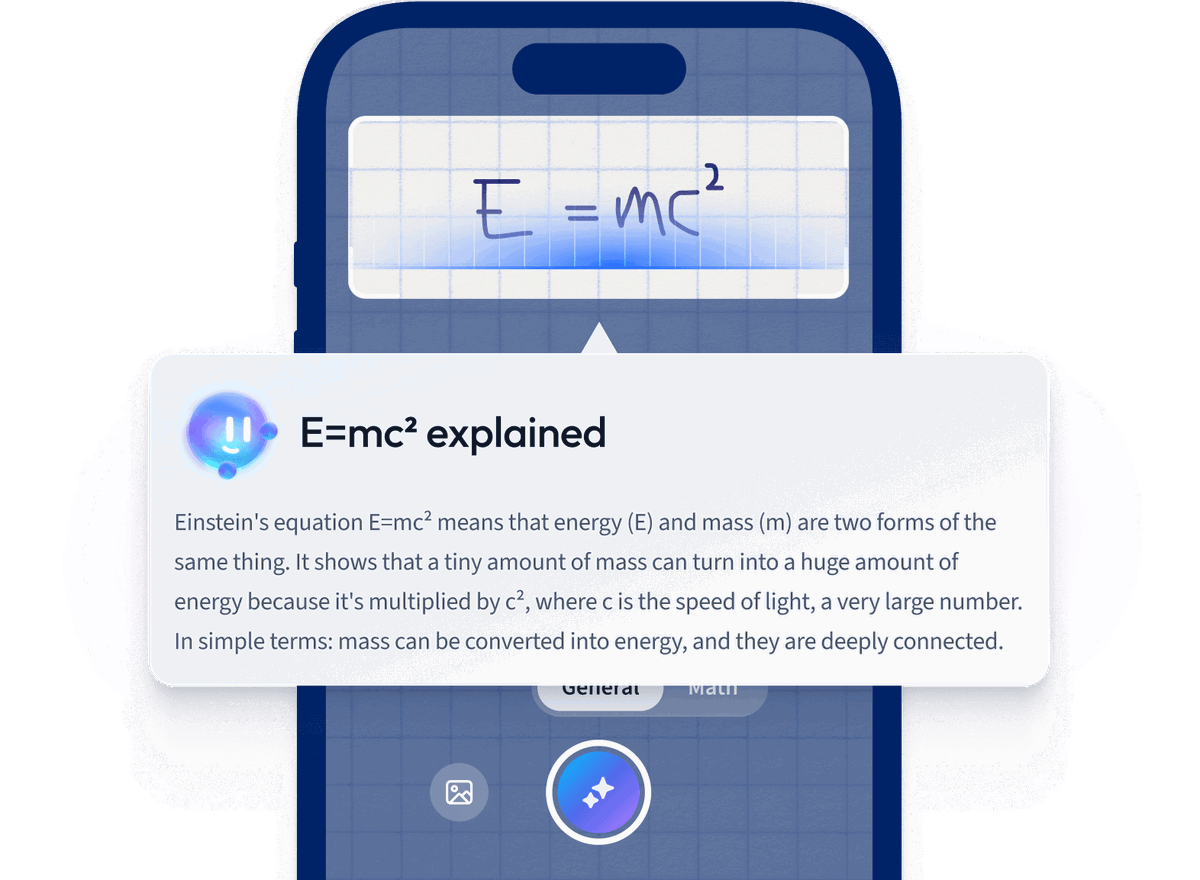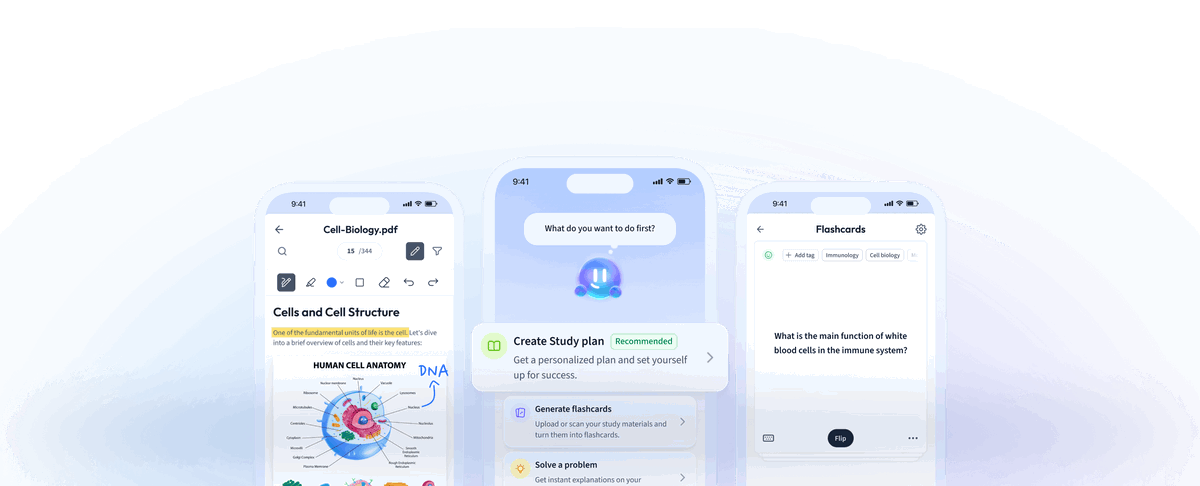Claim and Evidence Definition
Claims and evidence are central parts of an essay. An author makes their own claims about a topic and then uses evidence to support that claim.
A claim is a point that a writer makes in a paper.
Evidence is the information the writer uses to support the claim.
Difference Between Claims and Evidence
Claims and evidence are different because claims are the writer's own ideas, and evidence is information from other sources that supports the writer's ideas.
Claims
In writing, claims are the author's arguments on a topic. The main claim in an essay—what the writer wants the reader to take away—is usually the thesis. In a thesis statement, a writer makes a defensible point about a topic. Often the writer also includes smaller claims that they will support with evidence to support the main claim.
For example, imagine a writer crafting a persuasive essay about raising the legal driving age to eighteen. That writer's thesis might look like this:
The United States should raise the legal driving age to eighteen because it will lead to fewer accidents, lower DUI rates, and less adolescent crime.
In this paper, the author's main claim will be that the United States should raise the legal driving age. To make this claim, the author will use the three smaller supporting claims about accidents, DUIs, and crimes. Typically, authors will devote at least one paragraph to each supporting claim and use evidence to explain each one.
Reasons
When a writer makes a claim about a topic, there is always a reason why they are making that claim. Reasons are the justifications for a point of view. For instance, if a writer claims that guns should be banned, their reasons might involve concerns about safety or personal experiences with gun violence. These reasons help writers formulate an argument and collect evidence.
Reasons are the justifications for a claim.
 Fig. 1 - When writers make a claim, they make a defensible assertion about a topic.
Fig. 1 - When writers make a claim, they make a defensible assertion about a topic.
Evidence
The term evidence refers to material from outside sources that a writer uses to support their claims. To identify evidence for a claim, writers should reflect on their reasons for making a claim and identify sources that demonstrate those reasons. There are many types of evidence, but writers often use the following types:
Evidence is important because it helps writers build credibility, which means gaining the reader's trust. If writers cannot support their claims with any evidence, their claims could appear to be just their opinion.
 Fig. 2 - Writers use evidence as proof for their claims.
Fig. 2 - Writers use evidence as proof for their claims.
The amount of evidence a claim needs depends on how narrow the claim is. For example, say a writer claims that "Farmers should herd fewer cows because cows increase the levels of methane in the atmosphere:" This claim can be proved relatively easily using statistics as evidence. However, say a writer claims that "Only people over the age of eighteen should be allowed to use social media." This is a broader claim that would require a great deal of evidence, not just concrete statistics, to prove.
To effectively use evidence, writers need to ensure their evidence comes from credible, trustworthy, sources. For example, information found on a social media forum is not as credible as statistics from a scholarly journal article because the information in the latter has been vetted by scholars.
Claim and Evidence Examples
Claims and evidence look different depending on the topic and the field. However, claims are always statements that the author makes and evidence is always supported by credible sources. For instance, writers of literary analysis essays make claims about a literary text, and then they use evidence from that same text to support it. Here's an example: a writer might make the following claim about F. Scott Fitzgerald's text The Great Gatsby (1925).
In The Great Gatsby, Fitzgerald uses Gatsby's inability to reach his dream to suggest that the American dream is unrealistic.
To support such an analytical claim, the author would have to use evidence from the text. To do this, the author should reflect on what aspects of the text made them come to this understanding. For instance, they might use a quote from chapter nine to write the following:
In the final lines of the novel, Fitzgerald sums up Gatsby's persistent optimism about his unachievable dream. "Gatsby believed in the green light, the orgastic future that year by year recedes before us. It eluded us then, but that's no matter—tomorrow we will run faster, stretch out our arms farther…" (Fitzgerald, 1925). Fitzgerald's use of the word "we" suggests he is not just speaking about Gatsby, but about Americans who continue to reach for an impossible reality.
 Fig. 3 - Gatsby's fixation on the light at the end of the dock represents the American dream.
Fig. 3 - Gatsby's fixation on the light at the end of the dock represents the American dream.
Writers of literary analysis essays also sometimes use scholarly sources to support their arguments. For instance, the author of the essay on Gatsby might consult a scholarly journal for articles in which authors support the topic. For instance, such evidence might look like this:
Other scholars have noted the symbolic connection between the green light on Gatsby's dock and the American Dream of financial success (O'Brien, 2018, p. 10; Mooney, 2019, p. 50). The way Gatsby reaches for the light is thus symbolic of the way people reach for the American dream but can never obtain it.
Importance of Claims and Evidence in an Essay
Claims are important in an essay because they define the essay's main idea(s). They also help writers express their understanding of texts or research. For instance, if a writer reads several scholarly articles about the benefits of studying on a tablet, the writer might have something new to say on the subject. They could then write an essay in which they make a claim about the value of using a tablet to study and cite information from the studies they read as evidence.
Crafting a clear claim and supporting claims is especially important for exams. To write an essay that is on topic, test-takers have to craft a claim that responds directly to the prompt. They can do this by using similar language to the language in the prompt and then creating a defensible claim.
For example, imagine a prompt asking test-takers to write an essay arguing for or against the value of uniforms in schools. To respond, writers would have to state whether or not uniforms are valuable and summarize why. A thesis that makes a relevant claim might look something like this: Uniforms are valuable in school because they reduce distracting differences, minimize bullying, and instill traditional values in students.
Note how the writer here makes a direct statement about uniforms and reuses the word "valuable" to connect their claim to the prompt. This immediately tells the reader that the writer's essay addresses what the test asks. If the writer disagrees with the prompt, they should use negative phrases with language from the prompt or antonyms of words in the prompt. For instance, in this case, a writer might claim: Uniforms are valueless in schools because they do not impact academic achievement.
Evidence is also a necessary part of an essay because, without evidence, the reader cannot be sure that what the writer is claiming is true. Making honest, fact-based claims is a critical part of establishing academic credibility. For instance, imagine a writer claims that William Shakespeare uses imagery to develop his theme of ambition in Macbeth (1623). If the writer does not discuss any examples of imagery in Macbeth, there is no way for the reader to know whether this claim is true or if the writer is making it up.
Evidence is of increasing importance in the current digital era because there is a great deal of fake or non-credible sources of information. Using and referencing credible sources can help prove important arguments in all academic fields.
Claims and Evidence - Key Takeaways
- A claim is a point that a writer makes in a paper.
- Evidence is the information the writer uses to support a claim.
- Writers need claims to craft unique arguments and address essay prompts.
- Writers need evidence to prove that their claims are trustworthy.
- Writers need to use credible evidence from reputable sources to ensure it is effective.
How we ensure our content is accurate and trustworthy?
At StudySmarter, we have created a learning platform that serves millions of students. Meet
the people who work hard to deliver fact based content as well as making sure it is verified.
Content Creation Process:
Lily Hulatt is a Digital Content Specialist with over three years of experience in content strategy and curriculum design. She gained her PhD in English Literature from Durham University in 2022, taught in Durham University’s English Studies Department, and has contributed to a number of publications. Lily specialises in English Literature, English Language, History, and Philosophy.
Get to know Lily
Content Quality Monitored by:
Gabriel Freitas is an AI Engineer with a solid experience in software development, machine learning algorithms, and generative AI, including large language models’ (LLMs) applications. Graduated in Electrical Engineering at the University of São Paulo, he is currently pursuing an MSc in Computer Engineering at the University of Campinas, specializing in machine learning topics. Gabriel has a strong background in software engineering and has worked on projects involving computer vision, embedded AI, and LLM applications.
Get to know Gabriel














